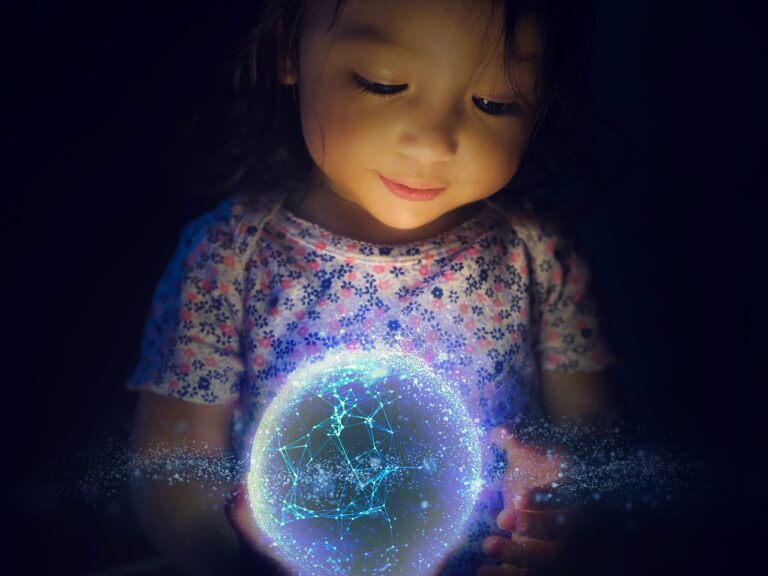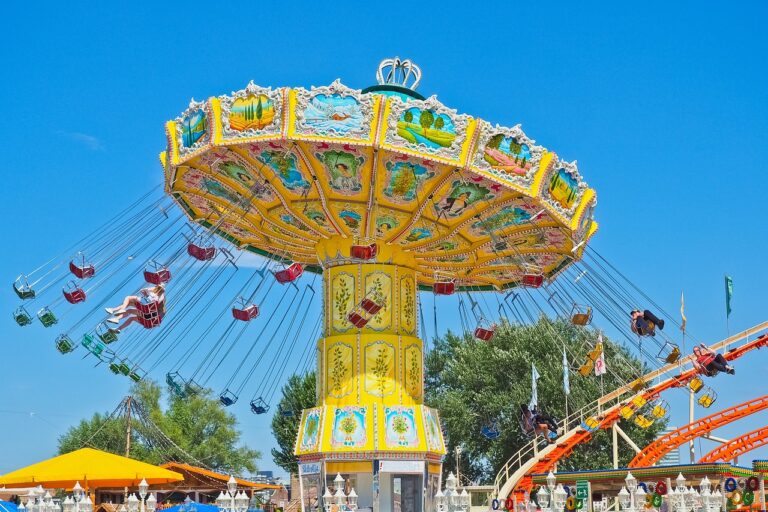The Influence of Manga and Anime on Global Pop Culture Trends
Manga and anime have deep roots in Japanese artistic traditions, dating back to the 12th century when the illustrated handscrolls known as “emakimono” gained popularity. These early forms of sequential art laid the foundation for the distinctive visual storytelling found in modern manga and anime. Over the centuries, Japanese artists honed their skills, developing sophisticated techniques that would later influence the iconic art styles we see today.
The term “manga” itself can be traced back to the Edo period (1603-1868), where it was used to describe whimsical drawings and sketches. These playful illustrations evolved over time, becoming more structured and narrative-focused. Similarly, the origins of anime can be linked to the 20th century, with the introduction of animated films that captivated audiences with their unique blend of traditional Japanese artistry and emerging technology. The rich history of manga and anime is a testament to the enduring creativity and innovation of Japanese artists.
The Rise of Manga and Anime in Japan
Manga and anime have undoubtedly become a significant part of Japan’s cultural identity and have garnered immense popularity both within the country and internationally. The rise of manga and anime in Japan can be attributed to a combination of factors, including a rich history of traditional storytelling, technological advancements in animation, and a society that embraces creativity and artistic expression.
As Japan emerged from the devastation of World War II and entered a period of rapid economic growth, manga and anime became important forms of entertainment that captivated audiences of all ages. The diverse genres and themes explored in manga and anime have allowed for a wide range of storytelling possibilities, attracting a global fanbase that continues to grow to this day.
Cultural Significance of Manga and Anime
Manga and anime hold a profound cultural significance in Japan and around the world. These art forms not only serve as entertainment but also reflect the values, traditions, and societal norms of Japanese culture. Through manga and anime, creators often explore complex themes such as love, friendship, courage, and the eternal struggle between good and evil. This allows audiences to deepen their understanding of human emotions and experiences.
Moreover, the global popularity of manga and anime has led to the diffusion of Japanese culture worldwide. Through the vibrant and diverse characters, intricate storylines, and unique artistic styles present in manga and anime, people from different cultures can connect and appreciate the beauty of Japanese creativity. The influence of manga and anime can be seen in various aspects of popular culture, from fashion and music to film and literature, demonstrating their lasting impact on a global scale.
• Manga and anime reflect the values, traditions, and societal norms of Japanese culture
• Creators often explore complex themes such as love, friendship, courage, and the eternal struggle between good and evil
• Audiences can deepen their understanding of human emotions and experiences through manga and anime
• The global popularity of manga and anime has led to the diffusion of Japanese culture worldwide
• People from different cultures can connect and appreciate the beauty of Japanese creativity through manga and anime
• The influence of manga and anime can be seen in various aspects of popular culture such as fashion, music, film, and literature
What is the difference between manga and anime?
Manga refers to Japanese comic books or graphic novels, while anime refers to Japanese animated TV shows or films.
How did manga and anime become popular in Japan?
Manga became popular in Japan during the Edo period, while anime gained popularity in the early 20th century with the release of animated films.
Why are manga and anime considered culturally significant in Japan?
Manga and anime are considered culturally significant in Japan because they showcase traditional Japanese values, beliefs, and art styles, and have had a significant impact on global pop culture.
How has the global popularity of manga and anime influenced Japanese culture?
The global popularity of manga and anime has led to an increase in tourism to Japan, a growing interest in learning the Japanese language and culture, and the spread of Japanese pop culture around the world.
Are there any famous manga or anime series that have had a major impact on Japanese culture?
Yes, there are many famous manga and anime series that have had a major impact on Japanese culture, such as Dragon Ball, Naruto, Sailor Moon, and My Neighbor Totoro.







